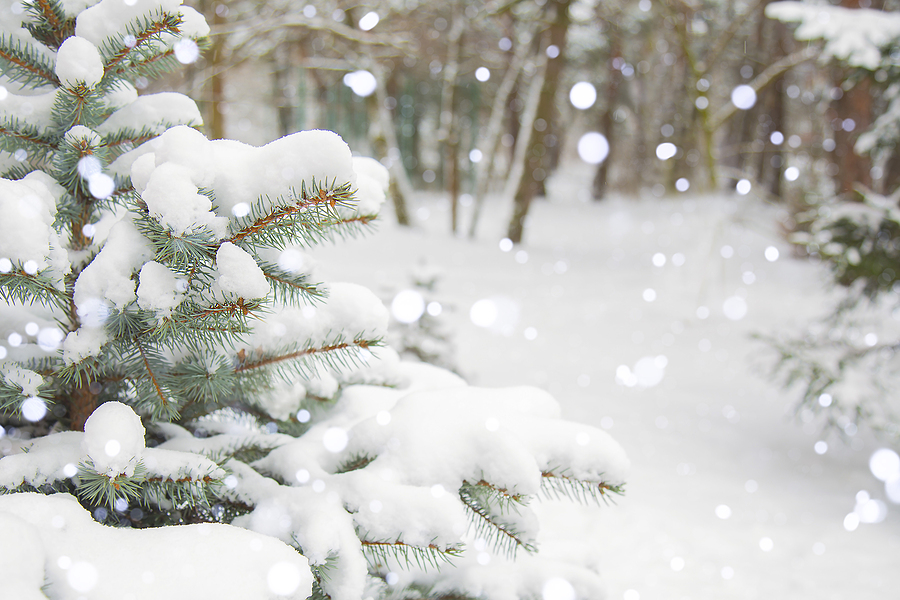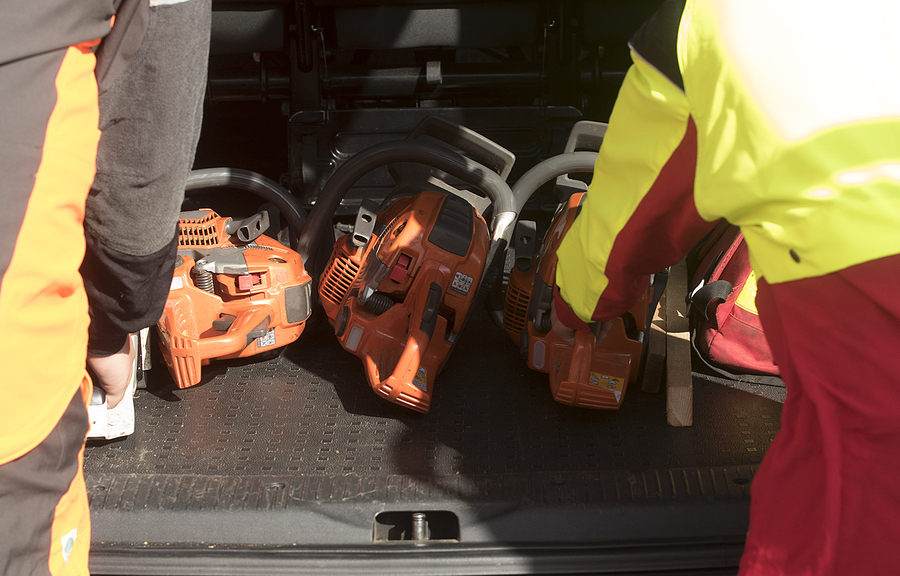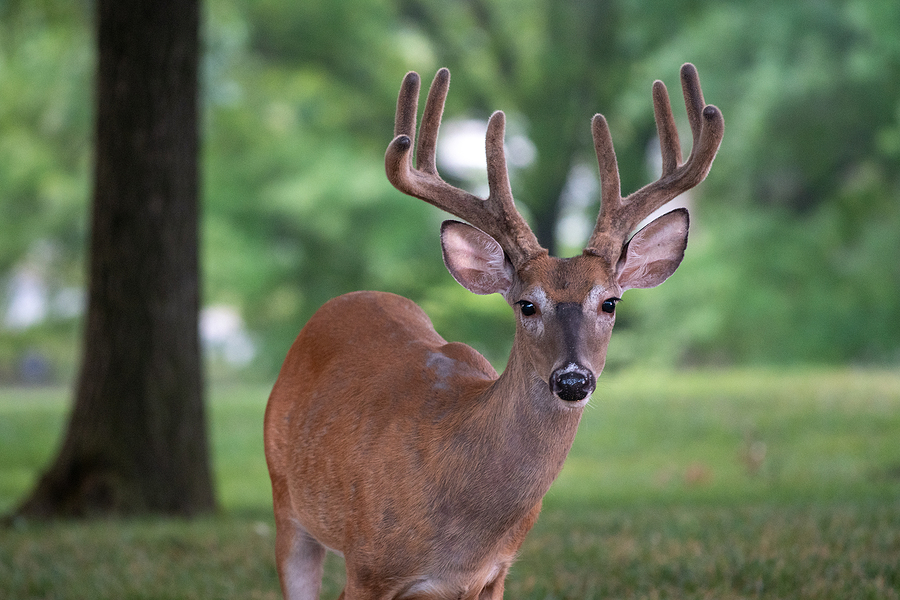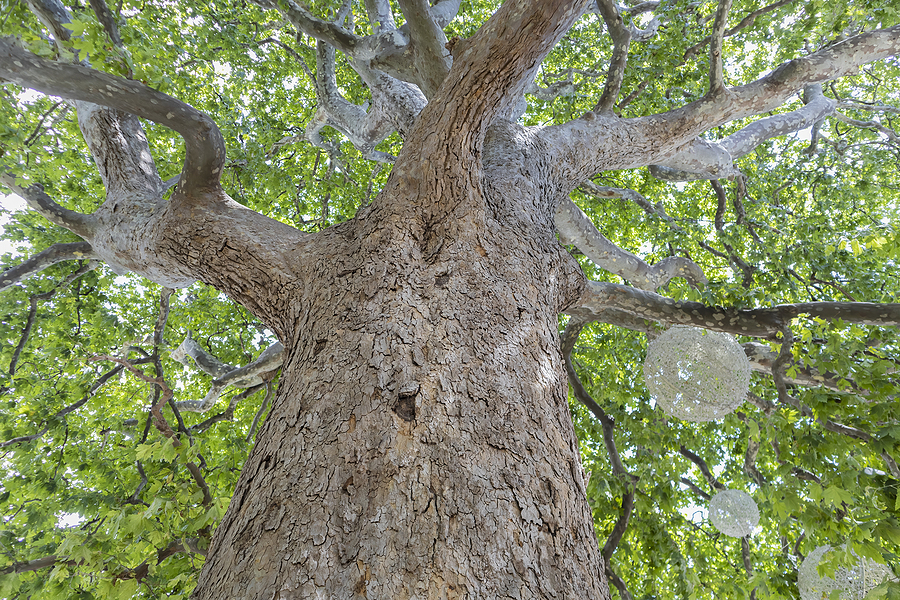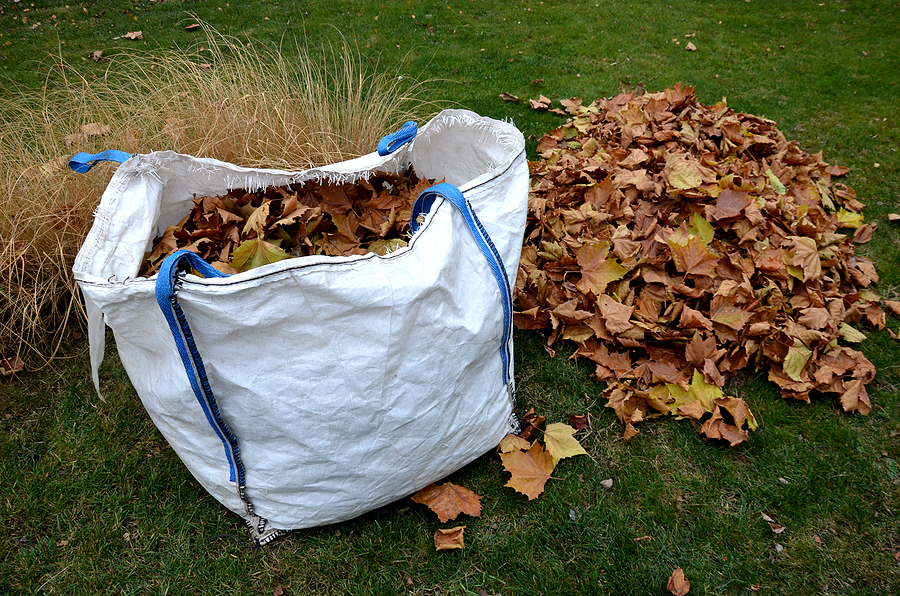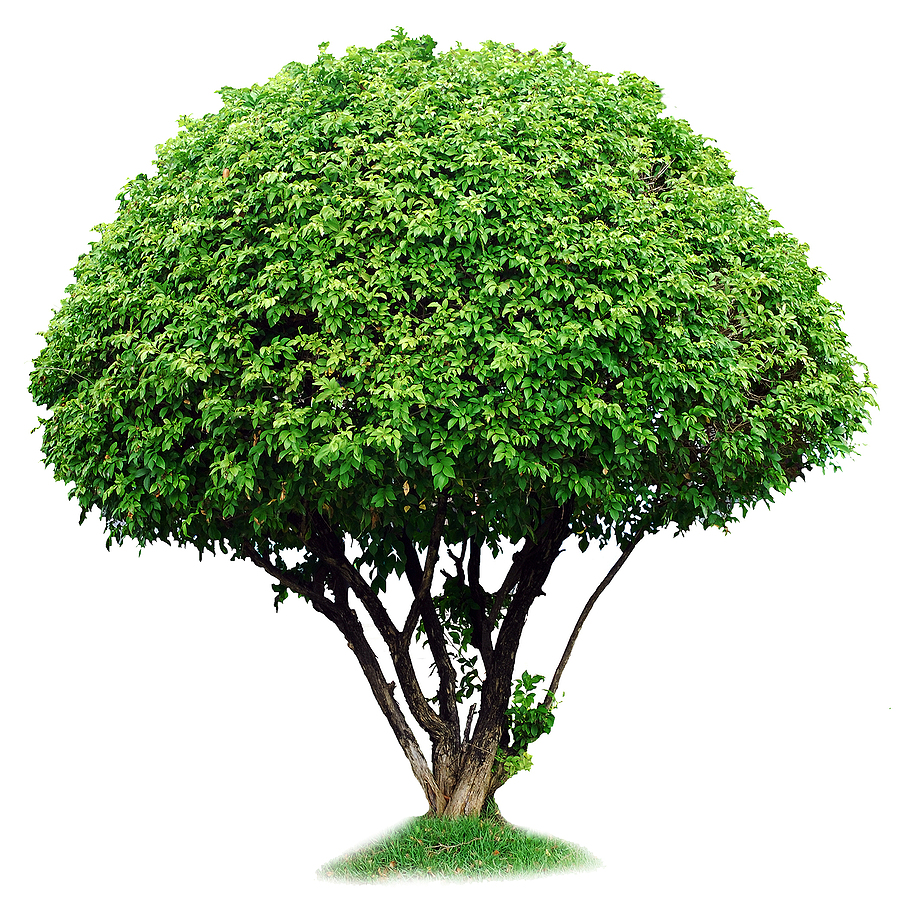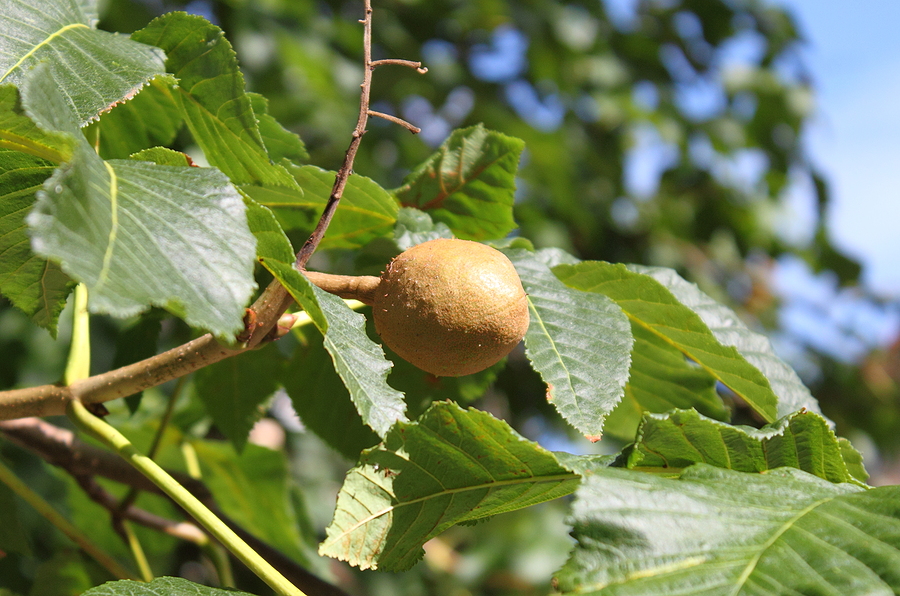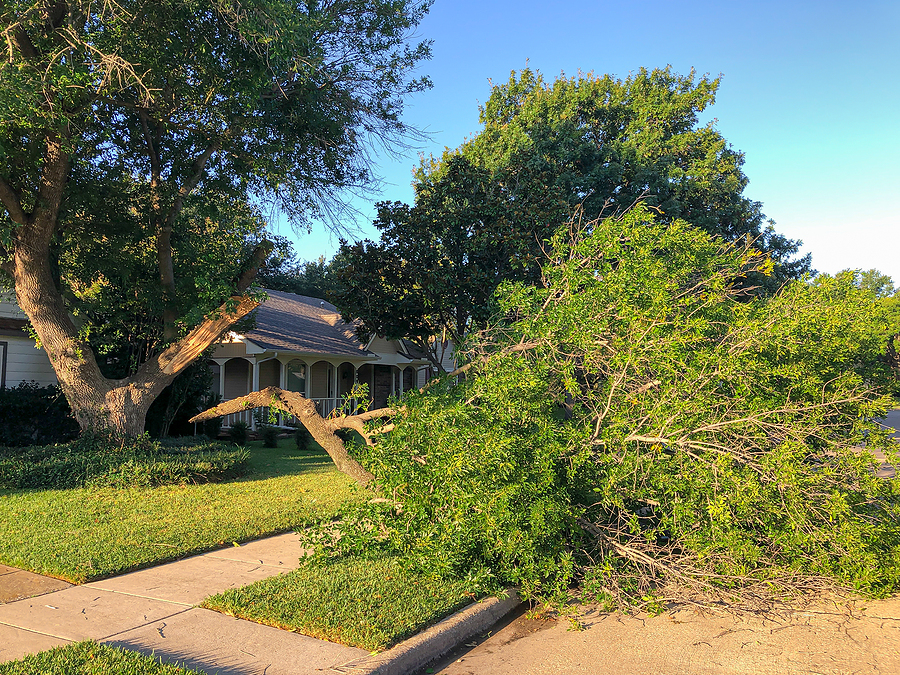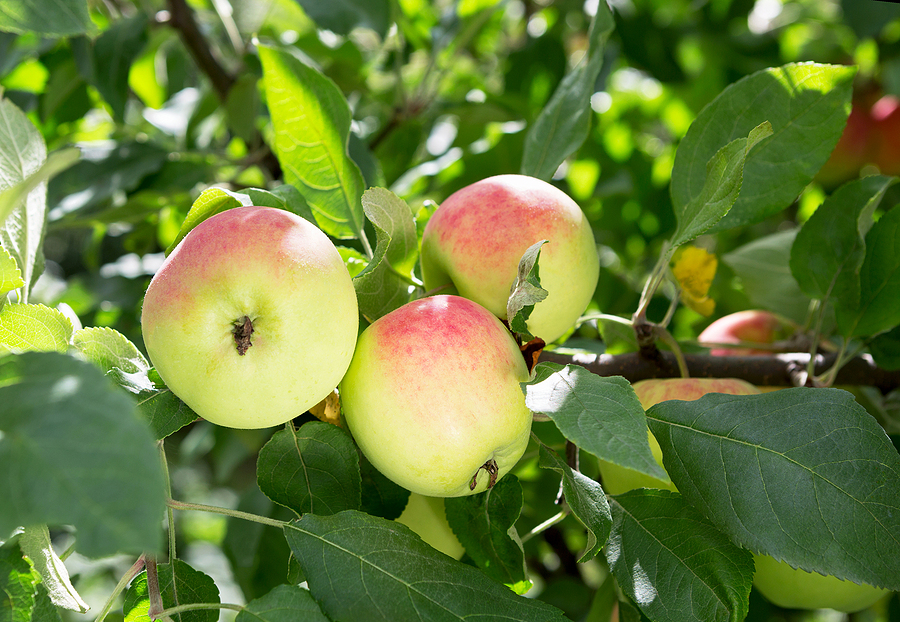Climate change is having a profound effect on the health of our trees, and it’s time to take action. Trees are essential for providing us with fresh air, shade, and beauty; they also help reduce erosion and flooding. Unfortunately, as temperatures rise due to climate change, tree health is declining rapidly in many areas around the world. This can lead to increased pests and diseases that can further damage trees, leading to safety hazards such as falling limbs or full-on tree collapse. We must be proactive in addressing this issue by learning more about how climate change affects overall tree health and taking steps towards better tree care practices that will ensure healthy forests now and into the future.
In this blog post we will explore how climate change impacts tree health and offer some tips on what you can do to protect your trees from its effects.
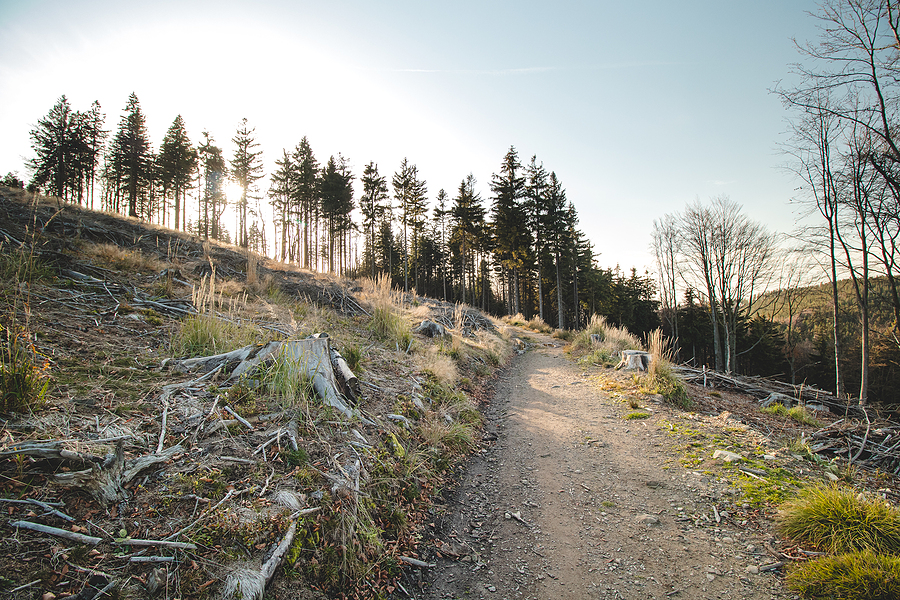
How the Changing Climate Has Affected Our Planet’s Trees
Water For Trees
The first thing to note is that temperature changes can affect the amount of water a tree needs. As temperatures rise, trees need more water to stay healthy and survive. This could mean increased watering for your trees or providing extra irrigation in areas where there is limited access to water. Additionally, extreme heat levels can cause tree stress which makes them more vulnerable to pests and diseases. This can cause rapid growth, decay, or even death of a tree.
Routine Tree Care
Tree care practices are also important in keeping trees healthy during climate change. Regular pruning, mulching, and fertilizing your trees will help them withstand harsher weather conditions and keep them looking their best. Additionally, using soil that is rich in organic matter and keeping the soil healthy with proper aeration will reduce the risk of water stress.
Tree Sickness
Finally, one of the most important things you can do to protect your trees is to watch for signs of change such as the yellowing of leaves or branches that appear dead or dying. If you notice these signs, contact a certified tree care professional right away for help. They can provide you with advice on how to best care for your trees in the face of climate change and make sure they stay healthy and strong.
What You Can Do to Help With Climate Change
Climate change is having a serious effect on tree health, but it’s not too late to take steps towards protecting them. By understanding how climate change impacts tree health and taking the proper precautions, you can ensure your trees remain healthy for years to come. If you need help caring for your trees, make sure to contact a certified tree care professional that understands the impacts of climate change on tree health. Together we can ensure our forests remain beautiful and healthy no matter what changes may come.
Are you looking for professional tree care near Indy? Contact Timberland Tree Care at 317-348-0811 for licensed and insured seasonal tree service in Indianapolis, Indiana. We provide residential and commercial tree care solutions at economical prices.
Related Posts:
Winter Storm Damage Repair Solutions for Trees and Landscaping
Learn the Basic Anatomy of a Tree
Do We Have an Indiana State Tree?

